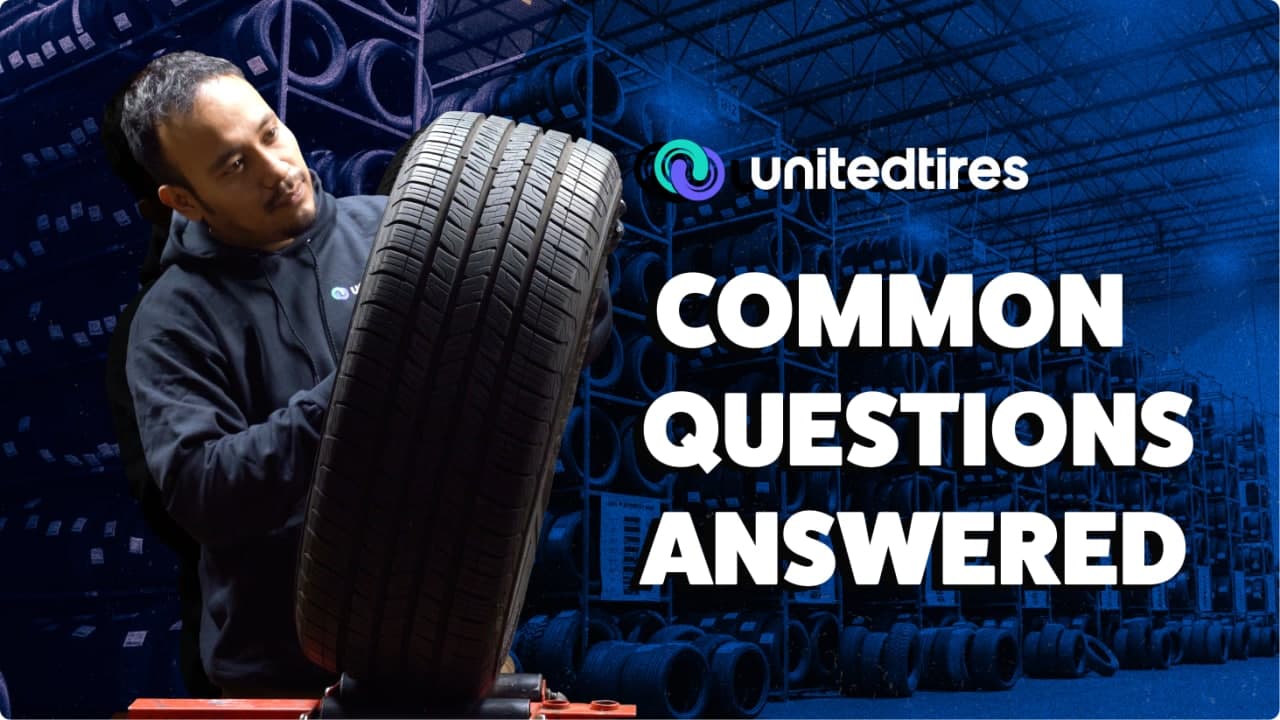All Categories
Featured
Table of Contents
The Michelin offered a comfortable driving experience, qualified by receptive steering and a dynamic understeer equilibrium. Despite the cooler screening conditions, Michelin's regular time and grasp over three laps shows its suitability for real-world applications.
The tyre's very first lap was a 2nd slower than the second, directing to a temperature-related grasp increase. For daily usage, the Michelin might be a more secure bet.
Reliable Tyre Offers
It shared Michelin's secure understeer balance but did not have the latter's readiness to transform. Continental and Goodyear's efficiencies were significant, with Continental's brand-new PremiumContact 7 revealing a considerable improvement in damp conditions compared to its precursor, the PC6. This design was far less conscious load changes and acted just like the Michelin, albeit with a little much less communication at the restriction.
It combined the safe understeer balance of the Michelin and Continental with some stylish handling, verifying both predictable and fast. As an all-rounder for this Golf GTI, Goodyear's Asymmetric range was the standout, showing remarkable efficiency in the damp. The Bridgestone Potenza Sport took the crown as the fastest tire, albeit by a small margin.
This tire obtained grippier as it heated up, comparable to the Yokohama. Motorists seeking an interesting damp drive could discover this tire worth thinking about. The standout entertainer in damp stopping was the newest tyre on examination, the PremiumContact 7, though the outcomes are nuanced. We conducted damp braking examinations in three different means, two times at the new state and as soon as at the worn state.
Reliable Tyre Care – Morley WA
Ideally, we wanted the cool temperature test to be at around 5-7C, yet logistical hold-ups suggested we checked with an ordinary air temperature of 8C and water at 12C. While this was cooler than basic examination conditions, it was still warmer than real-world problems. The warm temperature examination was done at a standard of 18C air and 19C water.
The 3rd run involved damp braking tests on used tyres, especially those machined down to 2mm with a tiny altercation. While we planned to do more with these worn tires, weather constraints limited our testing. Nevertheless, it's worth noting that damp braking is most crucial at the worn state, as tyres normally improve in dry problems as they put on.

Bridgestone, Goodyear, and Michelin saw the least performance reduction when used. The Hankook tyre registered the smallest efficiency decline as temperature levels cooled down, but it was among the most influenced when used.
Cheap Tyres
The take-home message here is that no solitary tyre stood out in all facets of wet braking, showing an intricate interaction of variables affecting tyre performance under different problems. There was a standout tyre in aquaplaning, the Continental ended up top in both straight and curved aquaplaning, with the Michelin and Goodyear likewise really excellent in much deeper water.

Yokohama might profit from a little even more hold, a problem potentially affected by the colder conditions. When it comes to dealing with, all tires carried out within a 2% range on the lap, demonstrating their top quality performance (Tyre repair). However, thinking about these tires basically target the same consumer, it interests observe the substantial differences in feeling.
The surprise is since the PremiumContact 6 was one of my favourites for flashy dry drives, yet its follower, the PremiumContact 7, appears elder and appears like Michelin's efficiency. Among these, Hankook was the least exact in steering and interaction at the limitation. Tyre repair. Both Michelin and Continental provided charming preliminary steering, albeit not the fastest
If I were to suggest a tire for a quick lap to a novice, say my daddy, it would certainly be one of these. We have the 'fun' tires, particularly Yokohama and Bridgestone. Both were speedy to steer and felt sportier than the others, however the compromise is a much more playful back side, making them extra tough to manage.
Best Tyre Servicing
It offered comparable guiding to Bridgestone yet supplied far better comments at the restriction and much better grip. The Bridgestone Potenza Sporting activity, nevertheless, seemed to weaken rather promptly after just three laps on this demanding circuit. Last but not least, there's Goodyear, which positioned itself somewhere between the enjoyable tyres and those tending towards understeer.
All in all, these tyres are outstanding entertainers. In terms of tyre wear, the method used in this test is what the industry refers to as the 'gold criterion' of wear.
Both the Bridgestone and Yokohama tires dramatically underperformed in comparison to the various other 4 tyres in regards to rolling resistance, with Continental a little surpassing the rest. Relating to the convenience level of the tires, as expected, most showed an inverted connection with handling. The Continental, Michelin, and Goodyear tires done ideal throughout various surface area types checked.

Bridgestone began to reveal indicators of suppleness, while Yokohama was particularly jarring over potholes. We did determine inner noise levels; nevertheless, as is usually the situation, the results were carefully matched, and due to weather restrictions, we were not able to carry out a subjective analysis of the tyres sound. We looked at abrasion figures, which gauge the quantity of tire walk shed per kilometre, normalised to a one-tonne lorry.
Tyre Care – Morley
This figure stands for the amount of rubber dust your tyres create while driving. Michelin led in this category, creating over 9% less rubber particle matter. On the various other hand, Hankook created 32% more. This is an element I believe the sector should concentrate on more in the future, and it's something Michelin is promoting.
Latest Posts
Best Performance Tyres – West Swan 6055 WA
Best Wheel Alignment Near Me
High-quality Tyres Near Me – Balga WA